
A slave auction at the south / from an original sketch by Theodore R. Davis. Image from the Library of Congress Prints and Photographs Division
I've just come back from Turkey, where I was doing a project on the 100th anniversary of the genocide of Armenians, Assyrians and Greeks carried out by the Ottoman Empire in 1915. When you meet Turkish nationalists who are still stuck in denialist mode, one of the main arguments they use to excuse the massacres is: “what about the genocides done by the British and the Americans?”
This argument has a name: “whataboutism”. It was common among Soviet spokespeople during the Cold War. “What about British imperialism?!?!” the apologists cry, as if the crimes of my ancestors justify the crimes of your ancestors. I respond that I often criticise the British government, which still tries to avoid the word “sorry” wherever possible, arguing that such an admission of guilt would open up the possibility of legal action for reparations.
Nobody likes others to point out flaws in their character, but sometimes a bit of criticism is useful. This seems to be equally true of political and social problems as personal ones.I was thinking about these things when I came across the story of the Weeping Time.
A few years ago, my parents visited Savannah, Georgia. My father loves researching family history, and some of our ancestors had emigrated there. One of these was a woman called Fanny Kemble. Kemble came from a theatre family, and was travelling and performing around the US in the early 1830s when she met Pierce Mease Butler.
Butler followed Kemble around the country, turning up at her performances in various cities to show he was a man of means, until his somewhat stalkery courtship display paid off and she agreed to marry him in 1834. Butler neglected to tell Fanny that his income came from cotton and rice plantations in Georgia.
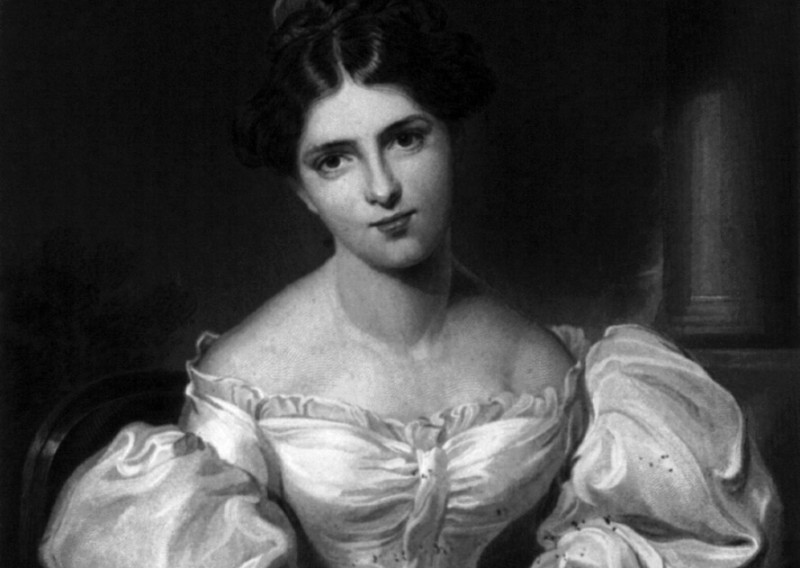
Frances “Fanny” Kemble
When she visited his rice plantation on Butler Island in 1838, Kemble was shocked to discover that Butler owned hundreds of slaves. She began to write about her experiences and how badly Butler’s slaves were treated. She tried to persuade Butler to reduce his economic dependence on slave labour, but he refused. Kemble was also embarrassed by Butler’s infidelities, and noted in her writings the hypocrisy of the white men who argued that it was acceptable to enslave black people because they were “less human” than whites, while at the same time regularly fathering children by black women.
Their disagreements eventually became too much, and they separated in 1845. Butler threatened to prevent Fanny from seeing her daughters if she published accounts of what she had seen on Butler island, but she eventually published her memoir, Journal of a Residence on a Georgia Plantation, in 1863.
By 1857, Butler was heavily in debt from gambling and poor investment choices. With creditors after him, he had little option but to sell part of his property. An inventory done in February 1859 assessed the value of his human chattels at over $500,000. Butler decided to sell about half of his 919 slaves, and on March 2-3, 1859, at the Ten Broeck Racetrack in Savannah, Georgia, 429 of his slaves were sold for $303,850—about $700 per person. In the process, families were split up and sold to different plantations in different states. It was the biggest slave auction in US history. A reporter from the New York Tribune went there undercover to record the event. The event came to be called the Weeping Time by the slaves and their descendants, “because of reports that the sky opened up and poured down rain for the full two days of the auction. It was said that the heavens were weeping for the inhumanity that was being committed.”
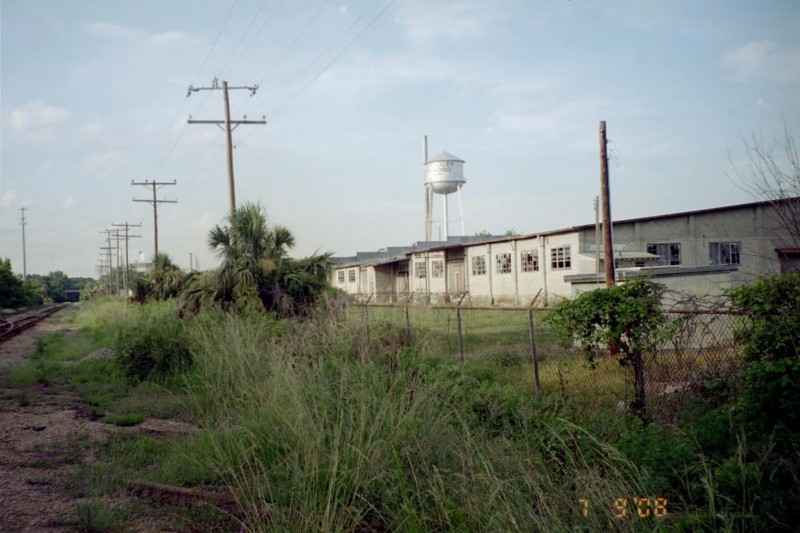
Part of the former Ten Broeck horse racecourse, Savannah, Georgia, now owned by the Bradley Plywood Corporation. Image courtesy Kwesi DeGraft-Hanson.
Dr Kwesi DeGraft-Hanson, an academic and landscape architect originally from Accra, Ghana, became interested in the Butler plantations through his research on “tabby”, a building material produced and used by enslaved people in construction before concrete was invented. Kwesi read about the Butler plantation and learned that Butler often used slaves from the Gold Coast, many with names indicating that they were Akan, his own ethno-linguistic group.
In 1998 DeGraft-Hanson was invited by the local historical society to talk about the Butler plantations on St Simon's Island, near to Hampton plantation, which is now a wealthy gated residential community. One African-American resident who approached him afterwards said she did not know it was a former plantation, but that she often had daydreams or visions of people walking up and down in her yard.
DeGraft-Hanson began researching the history of the Butler plantations, and found a list of the names of the people sold as slaves during the Weeping Time. Annette Holmes, who put the list online, had been watching a PBS documentary called Africans in America. She connected the Butler family to her maternal grandmother, Henrietta Butler Cox, who was born in 1902. In the 1910 US Federal census she found her grandmother listed as a member of her parents’ household. She then found her great grandfather James listed as a child in the 1870 census. She learned that John and Betsy, the parents of James, had moved to Louisiana from Georgia and had been sold at the Weeping Time.
Neither Fanny Kemble nor Pierce Butler remarried. Butler died of malaria in 1867, having failed to make his plantation a viable economic prospect without the use of slave labour following its abolition.
But for DeGraft-Hanson, the more important story is that of the people sold by Butler in 1859. There are probably thousands of descendants of these people across the US. Now, about 50 people who, like Annette Holmes, are descended from John and Betsy, are trying to raise money to pay for a group visit to the site of the Weeping Time. They plan, along with DeGraft-Hanson, to lobby local politicians to create a memorial for the people sold in 1859 which will recognise not just the victimhood of enslaved people, but their remarkable courage and resilience in the face of terrible social and political oppression.

Annette Holmes and her family. Image courtesy Kwesi DeGraft-Hanson.
“I'd like to see the other aspects of people's lives,” DeGraft-Hanson told me. “This family we're talking about are descendants of two slaves. Two people who were enslaved had enough love, faith, hope, all the good qualities that humans aspire to; they had enough to nurture their families through slavery all the way to freedom.”.
The legacy of slavery has not been really dealt with. There have been apologies, but they have not been effective. For example, Emory University tried to address the fact that some of its past faculty, administrators and students had been slave holders. African-American students and faculty asked the President of the University to issue an apology, and the institution addressed the matter in 2011, saying that they could not apologise for something they did not do. They issued a statement of regret, circumventing the issue and disappointing black students and faculty.
Atoning for slavery and working to remove the shame and guilt associated would be healthy not just for the descendants of enslaved people, but for all Americans. Dealing with its own history would give the US greater moral authority to speak about freedom and justice in other parts of the world.
“Some African-Americans struggle to find a self esteem that isn't solely tied to slavery”, DeGraft-Hanson says. “I think that if you have a memorial, it speaks for those who don't want to speak the words “I apologise”.
“On the flipside, for those who want to hear an apology, the memorial will speak an apology to them. It serves the needs of both sides. It's there for those who want to go there to be reflective, or pensive, or mourn. It speaks to the fact that collectively, this nation feels that this should not have happened, and so we're able to move on. It also speaks to a respect, because all of us have part of our identity tied in with our ancestry. It recovers the humanity of their ancestors, and in so doing helps them with their own self-esteem.”
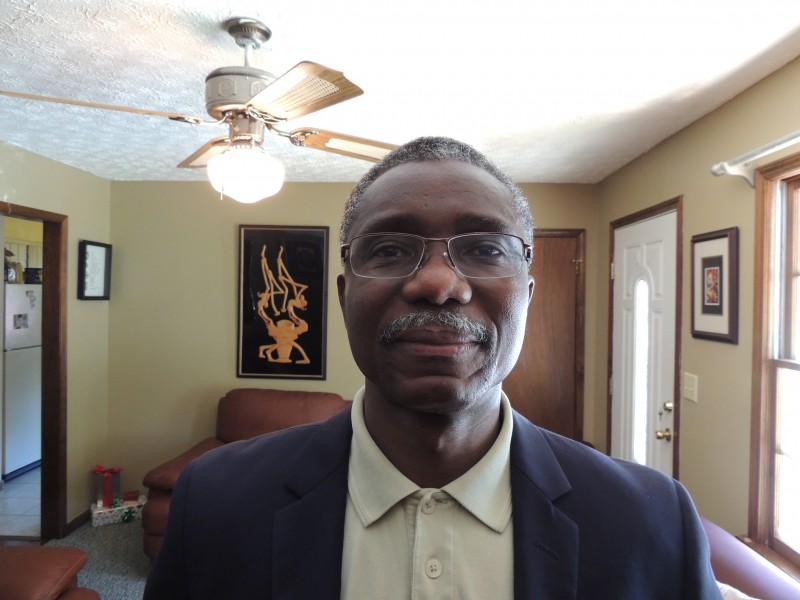
Dr. Kwesi DeGraft-Hanson. Image courtesy Kwesi DeGraft-Hanson.
“A lot of black people in the USA know that they are the descendants of people who were slaves, used and abused. We have to be able to grieve. When there is a trauma, a death of a loved one, we may not grieve right then, but at some point we need to be able to deal with it. But if we bottle it up, ultimately at some point it hits us. That trauma is passed down from generation to generation.
“I think if we can get something like this memorial, it begins to get the respect, the self-esteem back. When a place is beautiful and inspiring, it does something beneficial to the soul. Keates says ‘a thing of beauty is a joy forever’. Imagine a beautiful landscape with a beautiful memorial. These places allow us to heal.”
For more information on the crowdfunding campaign for the descendants of enslaved people to visit the site of the Weeping Time this summer, see Enslaved John and Betsy Butler’s Descendants’ Homecoming Crowdfund Campaign.

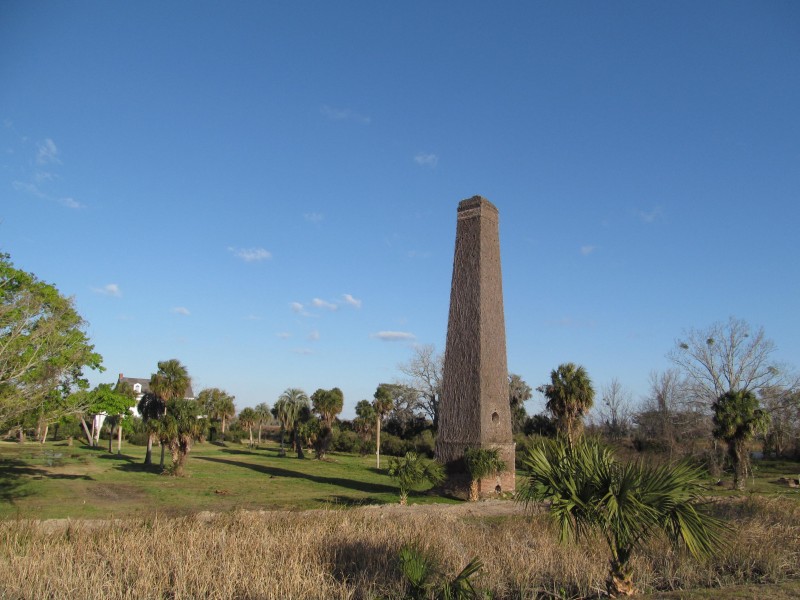


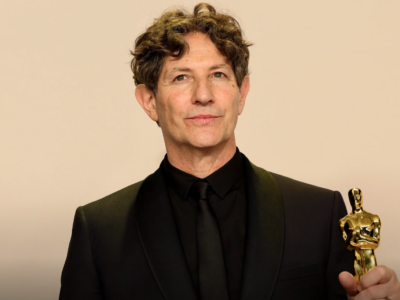




1 comment
Great story well told John. You may enjoy my complementary piece (which has a UK slant) of 7 March 2013: ‘Responsibility for Slavery – Whiteys: We are all in this together’ at:
http://kjohnsonnz.blogspot.co.nz/2013/03/responsibility-for-slavery-whiteys-we.html